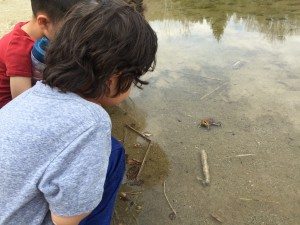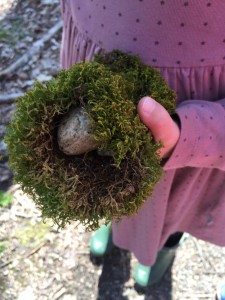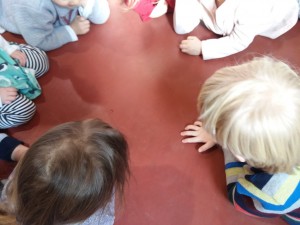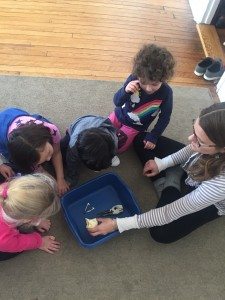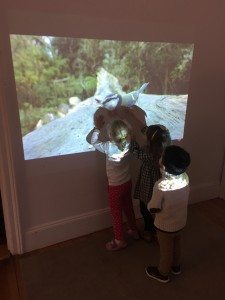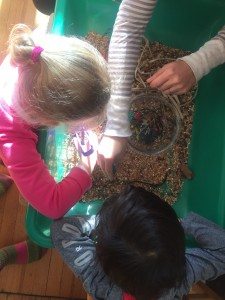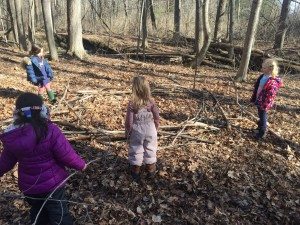BCD’s First Course
Recently, my boss made a comment that sparked a new perspective on life with the B2’s. I realized that by creating this Program at BCD this school year, we provided an opportunity for two year olds to take what amounts to their first school course, “Problem Solving for the Beginner Two.”
On a recent winter day, the B2’s assistant teacher, Carli, was unexpectedly sick. What to do? Our Associate Head of School, Leigh Doherty, filled in, and spent most of the day with me and the B2’s. Even on normal days, Leigh is a regular visitor to our classroom. The children always love to see her, she knows them well, they know her, and she loves to be silly with them and pay us a visit to get a dose of cuteness. 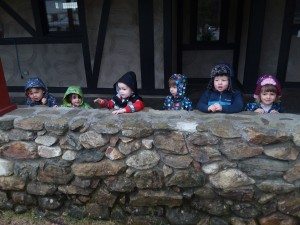
But on this day, Leigh spent more time than ever with us, following along as the children took her through their daily routines. The next morning, Leigh said to me, “At the end of the day, it struck me that the B2 children’s days are just a continual series of problem solving — all day long!”
I was so happy to hear Leigh’s comment. It’s easy to appreciate two and three year old cuteness, but for the finale to this school year’s blog posts, I thought I’d shine a light on the hard work these young children engage in each day. So here is my course description!
PROBLEM SOLVING FOR THE BEGINNER TWO
This course reflects BCD’s core values of community and respect.
In this class, we will explore the many facets of becoming a member of a community, and engage in intensive practice with life skills. Through attentive guidance and consistent routines, the children will be introduced to ways to navigate life’s common but challenging social skills — sharing, taking turns, 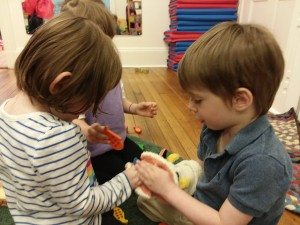 recognizing another’s pain, meal time etiquette, and teamwork. They will also be encouraged and expected to persist towards mastering essential practical life skills such as eating with a utensil, washing hands, putting on and taking off jackets and other clothing, and removing and putting on socks, shoes, and boots.
recognizing another’s pain, meal time etiquette, and teamwork. They will also be encouraged and expected to persist towards mastering essential practical life skills such as eating with a utensil, washing hands, putting on and taking off jackets and other clothing, and removing and putting on socks, shoes, and boots. 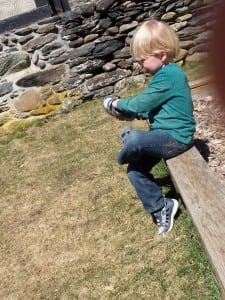 Toileting practice is also encouraged and supported.
Toileting practice is also encouraged and supported.
The children will face a range of other physical challenges, including managing lunch boxes, food containers, and ziploc baggies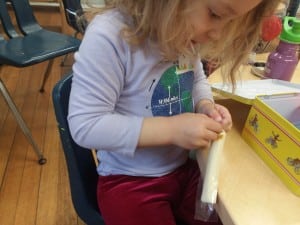 ; drawing and painting with various tools; stacking blocks and digging with a shovel; removing sand from inside shoes; climbing ladders and walls; throwing and rolling balls; jumping with two feet; pedaling bikes and navigating with scooters. The curriculum also includes safe stick play, story time etiquette, and what to do when encountering insects, chipmunks, and dead birds.
; drawing and painting with various tools; stacking blocks and digging with a shovel; removing sand from inside shoes; climbing ladders and walls; throwing and rolling balls; jumping with two feet; pedaling bikes and navigating with scooters. The curriculum also includes safe stick play, story time etiquette, and what to do when encountering insects, chipmunks, and dead birds.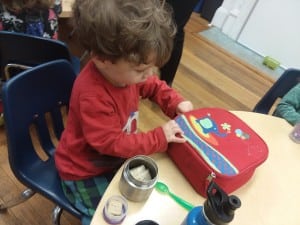
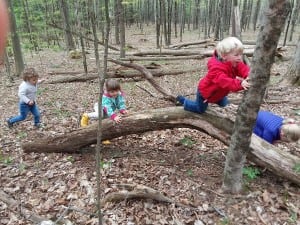
As if this wasn’t enough, the B2 children will also learn a great deal of expressive language during their school year. Some will move from single words to speaking in sentences, and learn to articulate multiple sounds and blends. Each child’s vocabulary will grow enormously, and most will learn to answer questions, and engage in conversation of a few exchanges. Their language develops through intense social interaction; through reading books and singing songs; and through rich experiences with new materials and exploration around our amazing campus.
They do all of this while beginning to face the daunting challenge of learning appropriate and effective ways to manage their most basic emotions of sadness, joy, and anger.
After completing this course, the children will have mastered many life skills, and be very familiar with the benefits of persistence, perseverance, and kindness when solving many of life’s daily problems.
Yes, small children are cute. But here at BCD, our focus is on respecting the hard work they engage in each day.

